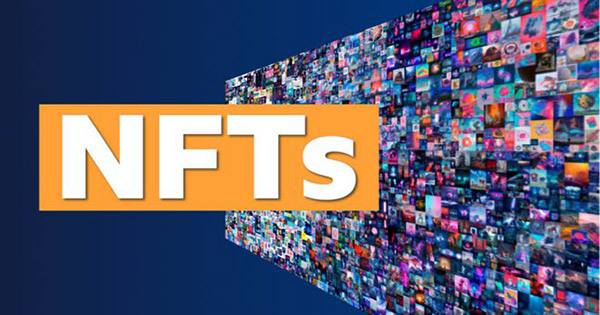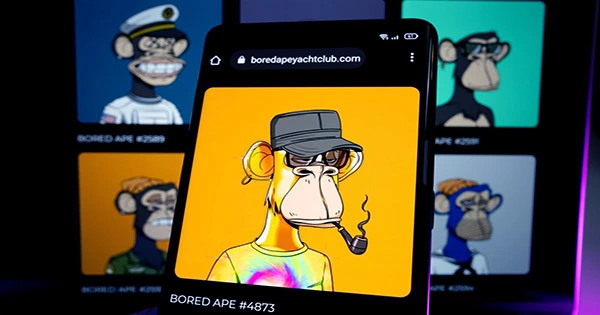According to an NFT market analyst, a fraudster stole roughly $550,000 worth of Bored Ape NFTs in a laughably simple method. The fraudster fooled a user named s27 into selling their real NFTs away by simply photoshopping a verification symbol used by an NFT marketplace onto a JPEG of the NFT — and with no support system in place, the customer is unlikely to receive any recompense for the pricey error. The whole experience is detailed in this Twitter thread.
User s27 owned two Bored Ape NFTs, which are among the most valuable and popular NFTs on the market today. According to NFT expert Quit, they had a “bubble gum ape and matching mutant” worth $567,000 (£433,000). On Swap, the user submitted their two NFTs.

Kiwi, a trading platform where users can trade NFTs, was used to find a deal with a similar market value. Both NFTs were swapped for three distinct “Bored Apes” in a trade initiated by s27, which appeared to be a lucrative deal for s27. However, as the old saying goes, if something appears to be too good to be true, it most often is.
On closer scrutiny, the three NFTs acquired in exchange for their genuine ones turned out to be fraudulent. To imitate Swap.marking Kiwi’s for authentic listings, the fraudster superimposed a verification check onto JPEGs of legitimate NFTs. With no means of knowing for sure, s27 swapped their NFTs for a screengrab of the genuine thing. One of the most appealing features of NFTs is that they are decentralized and run on the blockchain.
However, this leaves transactions vulnerable to a variety of frauds — with no recourse if you make a costly error. Quit has proposed a number of changes to the site in order to prevent such frauds from occurring in the future, since they are astonishingly easy to perpetrate with very little tools for authenticating actual assets. Meanwhile, they provide some sound advice to would-be NFT traders.
Christie’s, the British auction firm founded in 1776 and known for selling paintings by Picasso and Leonardo da Vinci, held their first digital-only art sale on March 11, 2021. The artwork by Beeple, titled “Everydays: The First 5000 Days,” sold for $69,346,250, making it the most expensive piece of digital art in history. The first tweet by Twitter co-founder Jack Dorsey is also up for auction, with the top price presently at $2.5 million. This tweet, as well as Beeple’s artwork, are known as NFTs.
“Non-fungible token” is the abbreviation for “non-fungible token.” When something is fungible, it may be swapped out for other like ones. You may, for example, trade one cent for another of the same value and end up with practically the same thing. When something is non-fungible, such as a picture or a one-of-a-kind trading card, it is unique and has no replaceable equivalent.












